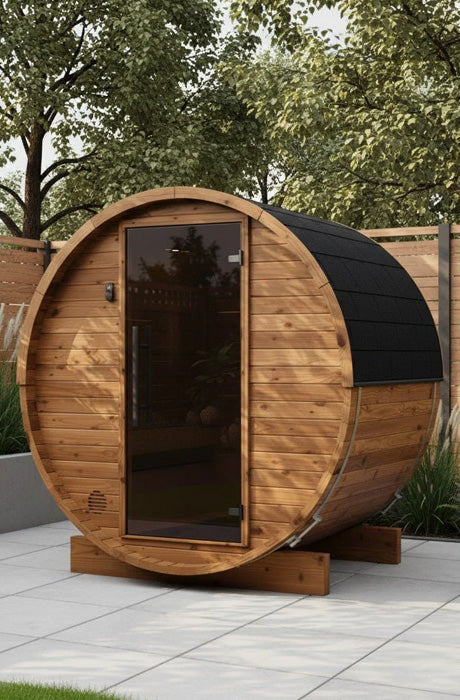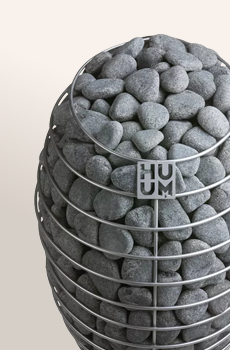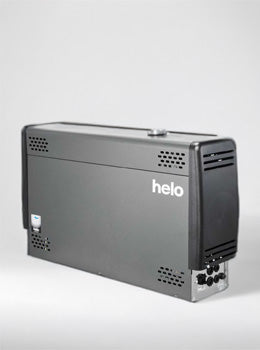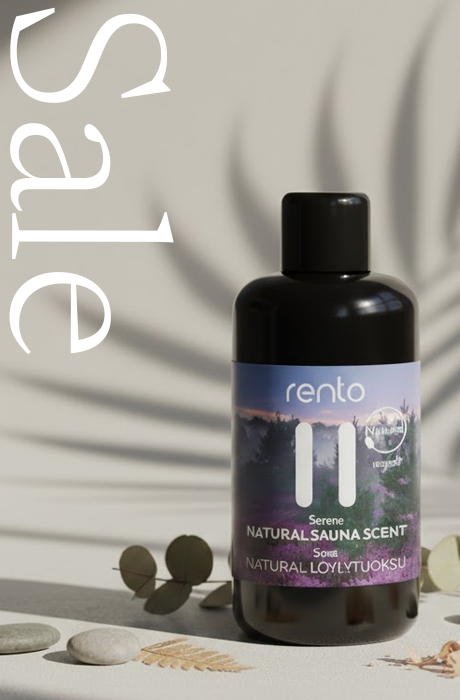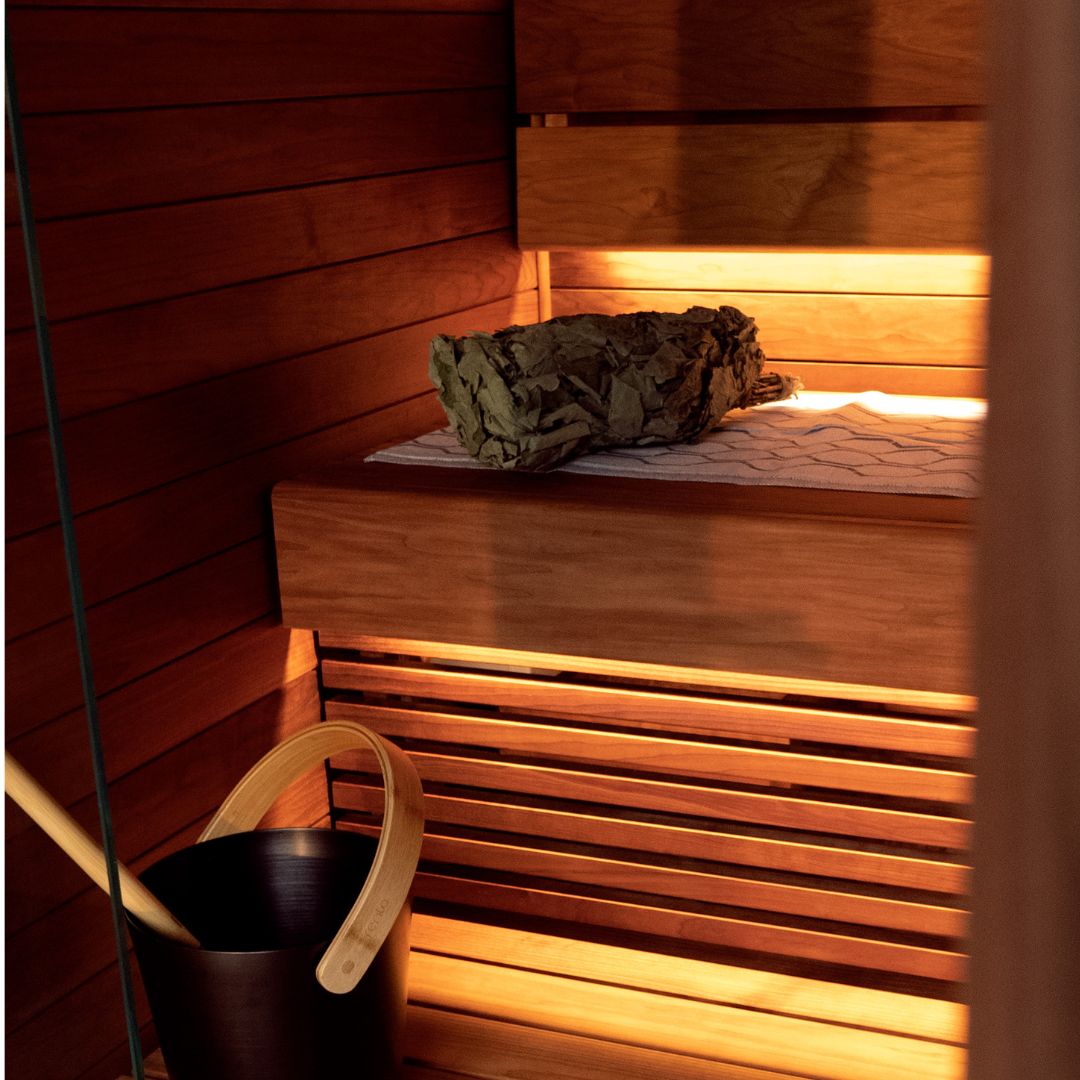
Sauna FAQ Part 1: Sauna for health
Frequently asked questions about sauna
Sauna as a traditional form of thermal bathing has been a popular relaxation and wellness practice for centuries in Finland and other countries in the Nordics and Baltics. With multiple suggested health benefits, people around the world have become to appreciate authentic sauna experiences and the ways in which sauna can contribute to a holistic approach to wellness.
In regions where saunas aren't as ingrained in the culture quite yet, there is uncertainty about how to make the most of the sauna practice and its associated advantages. Questions revolve around the correct sauna etiquette, the physiological and psychological health benefits and the more or less technical aspects that create an authentic sauna experience.
We have compiled the most frequently asked questions about sauna, which we will publish answers to here on our blog throughout the upcoming weeks. Our Sauna FAQ series sheds light on what makes an authentic sauna and aims to help you navigate the different elements for creating your ideal sauna experience.
 A traditional sauna has a heater onto which water is poured to create the steam. Image by HUUM.
A traditional sauna has a heater onto which water is poured to create the steam. Image by HUUM.
In this first part of the series, we will focus on what are the health benefits of sauna and how you can make the most of the research-backed, positive effects thermal bathing can provide for your body and mind.
Is sauna good for you?
The short answer is yes, sauna bathing can promote physical and mental well-being, and provide positive short- and long-term health benefits for most people without severe underlying medical conditions. There is strong evidence pointing towards the potential health benefits of frequent sauna bathing, which have been widely published in the media throughout the past years. The heat in a traditional sauna induces sweating, helps to increase blood flow and promotes relaxation. Sauna can contribute to stress reduction, improved cardiovascular health, and even enhanced skin health. Saunas are also known to alleviate muscle tension and reduce pain.

There is strong evidence for the health benefits of regular sauna use. Saunas also provide a social aspect and a chance to spend time with family and friends. Image by Rento Sauna who provide beautiful sauna accessories.
What are the health benefits of saunas?
- Reduces stress and anxiety
- Improves cardiovascular health
- Relieves muscle pain and soreness
- Can boost the immune system
- May improve skin health
It is advisable to consult a healthcare professional if you have a severe underlying heart condition. You can read more about evidenced sauna health benefits by clicking here.
How often should you have a sauna?
As often as you’d like and what makes you feel good. The frequency depends on your individual preference and lifestyle. Some people enjoy a sauna session 2-3 times a week, some 4-7 times a week and others only every now and then. Regular sauna use can lead to more positive health outcomes, such as lower blood pressure, reduced arterial stiffness, improvements in the immune system and associations with a reduced risk of respiratory diseases [1] [2]. It is essential to listen to your body and not overdo it.

It is important to listen to your body when it comes to visiting the sauna. The aim is to make it a relaxing part of your lifestyle.
A general guideline to reap the health benefits is 2-3 sessions per week. Always remember to stay hydrated and we wouldn’t recommend going to the sauna if you’re feeling under the weather with the likes of a fever or a stomach bug. This leads us to the next question.
Can sauna help with a cold?
It has been suggested that regular sauna sessions can help with the prevention of colds by supporting the immune system [2]. However, it is not recommended to go into the sauna if you already have a tough cold or fever, as it is unlikely to make you feel any better. When sick, it is best to rest up and not put your body under additional strain. If you're using a public sauna, you also don't want to put fellow sauna visitors at risk of getting the bug from you. Some people say that sauna can help with mild cold symptoms but the rule of listening to your body takes place here as well.
How long should you stay in the sauna?
The ideal duration for a sauna session depends on the temperature in the sauna and your personal preference. In a traditional sauna, 15-20 minutes at a time is an average length with cooling down periods in between the sessions. You can either dip into a cold plunge, take a cool shower or just step outside for some fresh air. Take a break when you feel like it and repeat the cycle as many times as you wish. It's not uncommon for people in the sauna loving countries to spend hours repeating the hot and cold cycle when they get a chance. This allows you to gain the health benefits of cold as well!

Combining sauna with cold is an important aspect of an authentic sauna experience. Cold plunges allow you to reap the additional health benefits of cold. Image from Avantopool.
It is suggested that you can see long-term benefits form under 30-minute sauna session 2-3 times a week.
What is the best temperature for a sauna?
Saunas and sauna heaters come in various styles and options for temperature settings. A traditional Finnish sauna as an example typically operates at temperatures between +70°C and +110°C. A traditional sauna is heated with either an electric heater or a wood burning stove. This differs from an infrared sauna that operates at lower temperatures of around +50°C and +60°C generated from panel heaters, which emit far-infrared light. The heat in a traditional sauna feels more intense when water is thrown onto the hot stones to create the steam rising from the heater.

A traditional Finnish sauna is often set between +70°C and +110°C. A thermometer helps you tell the temperature inside the sauna.
Coming up next – Sauna FAQ Part 2: Sauna Etiquette
References
[1] Kunutsor SK, Laukkanen T, Laukkanen JA (2017). ‘Sauna bathing reduces the risk of respiratory diseases: a long-term prospective cohort study.’ Eur J Epidemiol. 2017;32(12) pp. 1107-1111. Available at: https://pubmed.ncbi.nlm.nih.gov/28905164/
[2] Laukkanen, T et al (2015) ‘Association Between Sauna Bathing and Fatal Cardiovascular and All-Cause Mortality Events.’ JAMA Internal Medicine 175(4) pp. 542-548. Available at: https://www.ncbi.nlm.nih.gov/pubmed/25705824




